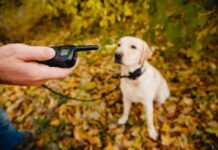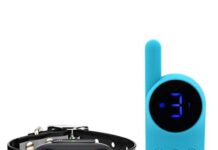If you’re tired of being pulled around on walks or desperately clinging to your dog as it drags you along, it’s time to consider a different collar.
Finding a suitable collar for training your dog not to pull can make all the difference in their behavior and your walking experience.
So, what kind of collar should you choose?
You’ll discover various options, from martingale collars to head halters, each designed to prevent your furry friend from pulling and make your walks much more enjoyable.
1. Traditional Collars
Traditional collars are the most common type of collar used for dogs. They are typically made of nylon or leather and come in various styles and sizes. Traditional collars are designed to be worn around the neck and are secured with a buckle or quick-release clip.
1.1 Flat Collars
Flat or buckle collars are the simplest and most basic type of traditional collar. They consist of a single strip of material with a buckle or clip for closure. Flat collars are suitable for dogs of all sizes and breeds and are commonly used for everyday wear and identification. However, they may not be the best option for dogs that tend to pull on the leash, as they provide minimal control and may strain the dog’s neck if pulled abruptly.
1.2 Martingale Collars
Martingale collars, also known as limited-slip collars, are designed to provide more control than flat collars while still being comfortable for the dog. They consist of a loop of material that slips over the dog’s head and a second loop that can be adjusted for a snug fit around the neck. When the dog pulls, the second loop tightens slightly, preventing the collar from slipping off without choking the dog. Martingale collars benefit dogs with narrow heads, such as Greyhounds, as they prevent them from slipping out of their collars.
1.3 Choke Chains
Choke chains, or slip collars, are designed to tighten around the dog’s neck when pressure is applied to the leash. They are typically made of metal and have a chain with a ring at each end. Choke chains should be used with caution and under the guidance of a professional dog trainer, as they can cause injury if misused. Ensuring the chain is fitted correctly, and the collar can be released quickly in an emergency is essential. Choke chains are not recommended for dogs with respiratory problems or those prone to pulling.
1.4 Prong Collars
Prong or pinch collars are designed to provide more control than traditional collars by applying pressure to the dog’s neck with metal prongs. They consist of interlocking metal links with blunt prongs on the inner surface.
When the dog pulls, the prongs exert pressure on the neck, simulating the bite of a mother dog correcting her puppies. Prong collars should only be used under the guidance of a professional dog trainer, as they can cause pain and injury if misused. Using a prong collar only as a training tool and not as a permanent solution is essential.
2. Head Collars
Head collars are a type of collar that provides control by steering the dog’s head and redirecting its attention. They are designed to fit over the dog’s muzzle and neck, with the leash attachment point at the front of the head.
2.1 Gentle Leader
The Gentle Leader is a famous brand of head collar that uses a unique design to control the dog’s pulling behavior. It consists of a nose loop that fits loosely around the dog’s muzzle and a neck strap that secures the collar. When the dog pulls, the nose loop gently redirects their attention and encourages them to follow the handler’s guidance.
The Gentle Leader is widely regarded as an effective tool for managing pulling and other leash-related issues. However, it is essential to introduce and use the Gentle Leader properly to ensure the dog’s comfort and safety.
2.2 Halti Head Collar
The Halti Head Collar is another famous brand of head collars that works similarly to the Gentle Leader. It features a nose loop and a neck strap, but it also includes a safety link that attaches to the dog’s regular collar for added security.
The Halti Head Collar controls the dog’s head and discourages pulling. Like any head collar, it is vital to properly introduce and acclimate the dog to the Halti Head Collar to ensure positive results.
3. Front-attachment harnesses
Front-attachment harnesses are designed to provide control by steering the dog’s body and discouraging pulling. They have a leash attachment point at the front of the chest, which helps redirect the dog’s forward movement when they pull.
3.1 Freedom No-Pull Harness
The Freedom No-Pull Harness is a popular front-attachment harness specifically designed to prevent pulling behavior. It features a double-ended leash attachment system, with one attachment point at the front and another at the back. When the dog pulls, the front attachment point causes the harness to gently redirect its forward motion, making it more challenging to pull. The Freedom No-Pull Harness is known for its durability, comfort, and effectiveness in reducing pulling.
3.2 Easy Walk Harness
The Easy Walk Harness is another widely used front-attachment harness that effectively reduces pulling behavior. Its unique design allows the leash to be attached at the front of the chest, helping steer the dog’s body and discourage pulling. The Easy Walk Harness is known for its simplicity and ease of use, making it a popular choice for dog owners seeking a solution to pulling issues.
4. Back-Clip Harnesses
Back-clip harnesses are designed to distribute the pressure evenly across the dog’s body, making them a comfortable and safe option for dogs that tend to pull. They have a leash attachment point on the back, near the shoulder blades.
4.1 Ruffwear Front Range Harness
The Ruffwear Front Range Harness is a highly-rated back-clip harness known for its durability and quality. It features a padded chest and belly panel for added comfort and two leash attachment points for versatility. The front attachment point can be used for training, while the back attachment point provides a more relaxed walking experience. The Ruffwear Front Range Harness is suitable for everyday use and is particularly popular among active dog owners.
4.2 Kurgo Journey Harness
The Kurgo Journey Harness is another back-clip harness that offers comfort, versatility, and control. It features a padded chest plate and five adjustment points to ensure a secure and comfortable fit.
The Journey Harness has a back attachment point for regular walking and a front attachment point for training. It also includes a handle on the back for additional control and assistance. The Kurgo Journey Harness is designed for outdoor adventures and is a favorite among dog owners who enjoy hiking and other outdoor activities with their pets.
5. Body-Weight Harnesses
Body-weight harnesses specialize in specific activities such as weight pulling or weight vest training.
5.1 Weight-Pulling Harnesses
Weight-pulling harnesses are designed to distribute the weight evenly across a dog’s body during weight-pulling exercises. They feature a strong and durable construction, often with padding and adjustable straps for comfort. Weight-pulling harnesses are typically used in activities such as sled pulling or cart pulling, where the dog is required to pull heavy loads. Using a weight-pulling harness under a professional trainer’s guidance is essential to ensure the dog’s safety and well-being.
5.2 Weight Vest Harness
Weight vest harnesses are used for a different type of training, known as weight vest training. This involves attaching a weighted vest to the harness to provide resistance and increase the dog’s strength and endurance.
Weight vest harnesses are typically lightweight and adjustable, allowing for a customized fit. This type of training can benefit active dogs, working dogs, and those participating in canine sports. However, it is essential to consult a professional trainer and use appropriate weights to prevent injury or strain on the dog’s body.
6. Prong Collars vs. Pinch Collars
Prong collars and pinch collars are often used interchangeably to refer to the same type of collar, but there are some differences in their design and application.
6.1 Understanding Prong Collars
Prong or pinch collars are designed to provide control by applying pressure to the dog’s neck with metal prongs. They consist of interlocking metal links with blunt prongs on the inner surface. When the dog pulls, the prongs exert pressure on the neck, simulating the bite of a mother dog correcting her puppies. Prong collars should only be used under the guidance of a professional dog trainer, as they can cause pain and injury if misused. Using a prong collar only as a training tool and not as a permanent solution is essential.
6.2 Understanding Pinch Collars
Pinch collars, on the other hand, are a specific type of prong collar that features sharp prongs instead of blunt ones. The sharp prongs provide a more intense sensation and are typically used for dogs that require more substantial correction. It is important to note that pinch collars should never be used without proper guidance and training, as they can cause harm and are generally considered more aversive than other collar types.
6.3 Pros and Cons
Both prong collars and pinch collars have their proponents and critics. Some trainers believe they can be practical tools for managing specific behavioral issues, while others argue that they can be cruel and unnecessary. It is essential to consider the individual needs and temperament of the dog, as well as seek professional guidance, before deciding to use a prong or pinch collar. Ultimately, the goal should be to use the mildest and most humane training methods possible while achieving the desired results.
7. Pros and Cons of Different Collar Types
Considering the various collar types available, weighing the pros and cons of each option is essential to determine the best fit for your dog and specific needs.
7.1 Traditional Collars
Traditional collars like flat and martingale collars are simple and widely available. They are suitable for everyday wear and identification purposes. However, they may not be the best choice for dogs that tend to pull on the leash, as they provide minimal control and may strain the dog’s neck if pulled abruptly.
7.2 Head Collars
Head collars like the Gentle Leader and Halti Head Collar control the dog’s head and redirect its attention. They effectively manage pulling behavior and can be a good option for dogs that need extra guidance. However, some dogs may need time to adjust to wearing a head collar, and incorrect usage can cause discomfort or stress.
7.3 Front-Attachment Harnesses
Front-attachment harnesses, such as the Freedom No-Pull Harness and Easy Walk Harness, distribute pressure evenly across the dog’s body and redirect pulling behavior. They effectively provide control and comfort and are considered a more humane alternative to traditional collars. However, it is essential to ensure a proper fit and gradually introduce the harness to avoid discomfort or chafing.
7.4 Back-Clip Harnesses
Back-clip harnesses, such as the Ruffwear Front Range Harness and Kurgo Journey Harness, are comfortable and suitable for dogs that do not excessively pull. They distribute pressure evenly across the dog’s body, allowing for a more relaxed walking experience. However, they may not provide as much control as front-attachment harnesses, making them less suitable for dogs with strong pulling tendencies.
7.5 Body-Weight Harnesses
Body-weight harnesses, such as weight-pulling and weight vest harnesses, are specialized options for specific training purposes. Weight-pulling harnesses are intended for activities like sled or cart pulling, while weight vest harnesses can increase a dog’s strength and endurance. These harnesses should only be used under proper guidance and supervision to prevent injury.
8. Training Techniques and Tips
Regardless of the collar type chosen, using appropriate training techniques can significantly enhance the effectiveness of collar-based training. Here are some essential tips to consider:
8.1 Positive Reinforcement
Positive reinforcement is a training technique that involves rewarding desired behaviors with treats, praise, or other forms of positive reinforcement. This technique helps to motivate and encourage dogs to repeat the behavior. By rewarding your dog for walking calmly and not pulling, you can reinforce the desired behavior and make the training process more enjoyable for you and your dog.
8.2 Proper Fit and Size
Ensuring that the collar or harness is properly fitted and sized is crucial for comfort and effectiveness. A collar or harness that is too tight can cause discomfort, while one that is too loose may not provide the necessary control. Following the manufacturer’s guidelines for sizing and adjusting the collar or harness is essential, or consult a professional for assistance.
8.3 Gradual Introductions
A new collar or harness should be introduced gradually to allow your dog to become familiar and comfortable with it. Start by allowing your dog to sniff and investigate the collar or harness before putting it on. Then, begin with short and positive training sessions, gradually increasing the duration as your dog becomes more accustomed to wearing it. Patience and consistency are essential during this process.
8.4 Consistency and Patience
Consistency and patience are essential when training your dog not to pull. Reinforcing desired behaviors consistently and providing clear cues will help your dog understand what is expected of them. It is essential to remain patient throughout training, as learning takes time, and each dog progresses at their own pace.
9. Seeking Professional Advice
If you are unsure which collar type to use or how to address your dog’s pulling behavior, it is always beneficial to seek professional advice. A certified dog trainer or behaviorist can assess your dog’s needs and guide you to the most appropriate collar, harness, and training techniques. Additionally, conducting thorough Research and consulting reliable sources can help you make informed decisions regarding your dog’s training and well-being.
9.1 Consult a Certified Dog Trainer
A certified dog trainer has the knowledge and experience to guide you through the training process and provide personalized recommendations based on your dog’s needs. They can assess your dog’s behavior, help you choose the suitable collar or harness, and teach you effective training techniques.
9.2 Conduct Research
Conducting Research on different collar types, training methods, and canine behavior can give you a better understanding of the options available and the potential outcomes. Look for reliable sources, such as reputable dog training organizations or veterinary professionals, to ensure you are making informed decisions.
9.3 Consider Your Dog’s Individual Needs
Every dog is unique, and what works for one may not work for another. Consider your dog’s breed, size, age, temperament, and specific behavior issues when choosing a collar or harness. Your dog’s comfort and safety should always be the top priority.
10. Conclusion
When it comes to training your dog not to pull, there are a variety of collar types and training techniques to choose from. Traditional collars, head collars, front-attachment harnesses, back-clip harnesses, and body-weight harnesses all offer different levels of control and comfort.
It is essential to consider your dog’s needs, seek professional advice if necessary, and use positive reinforcement techniques to achieve the best results.
Remember, training takes time and patience, but you can help your dog become a well-behaved companion on walks with the right tools and techniques.

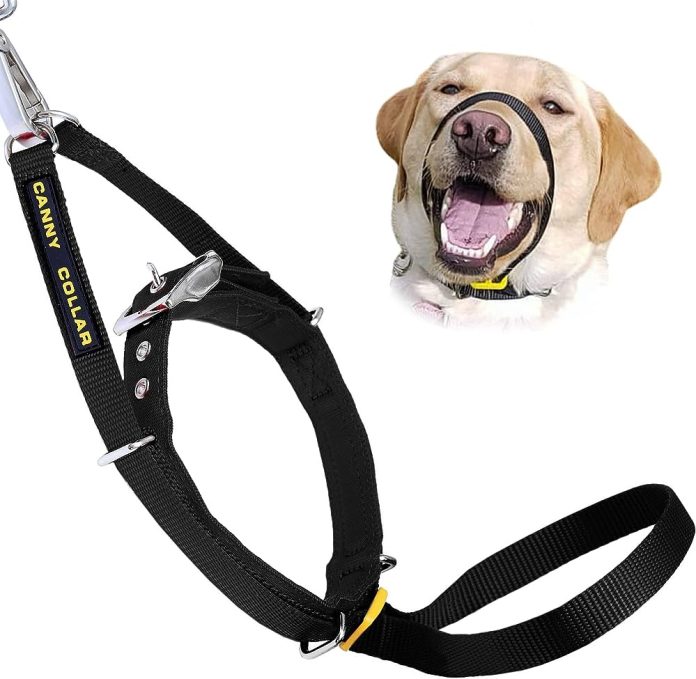
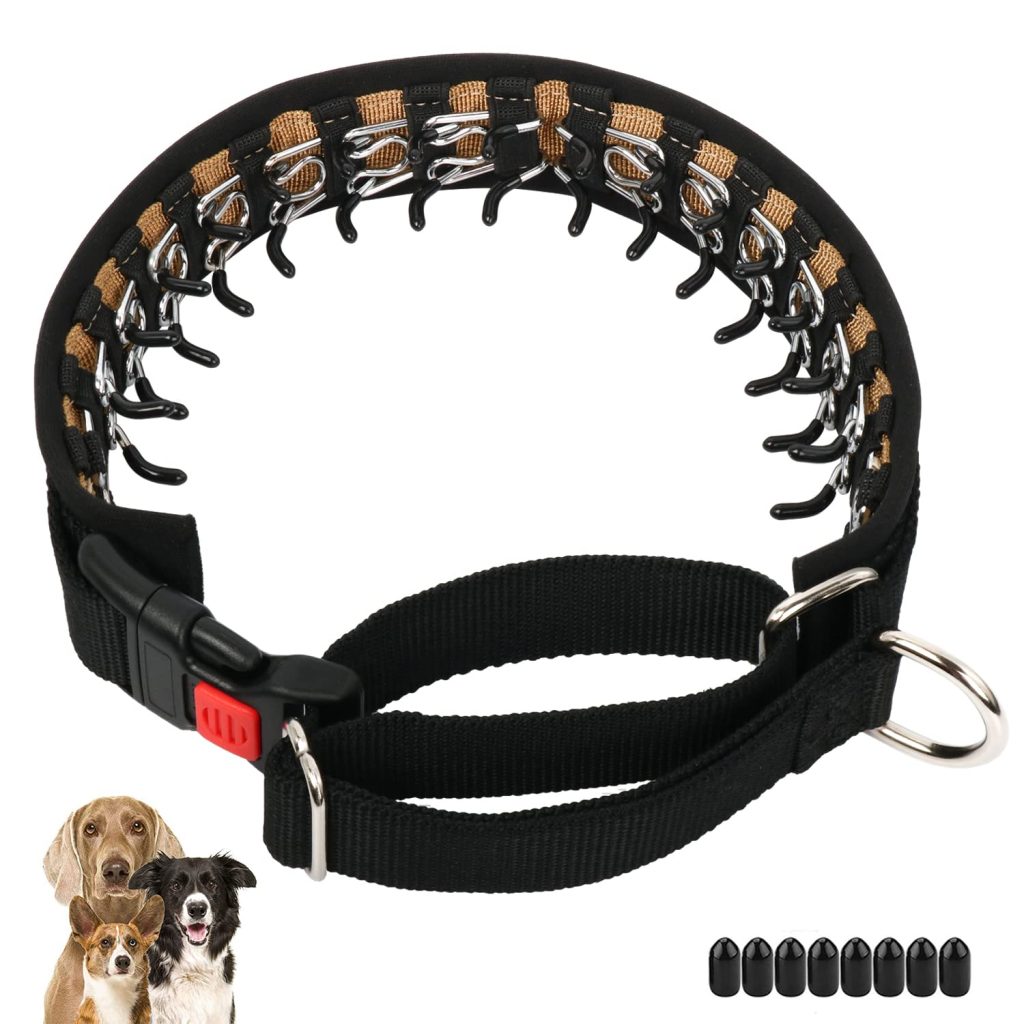
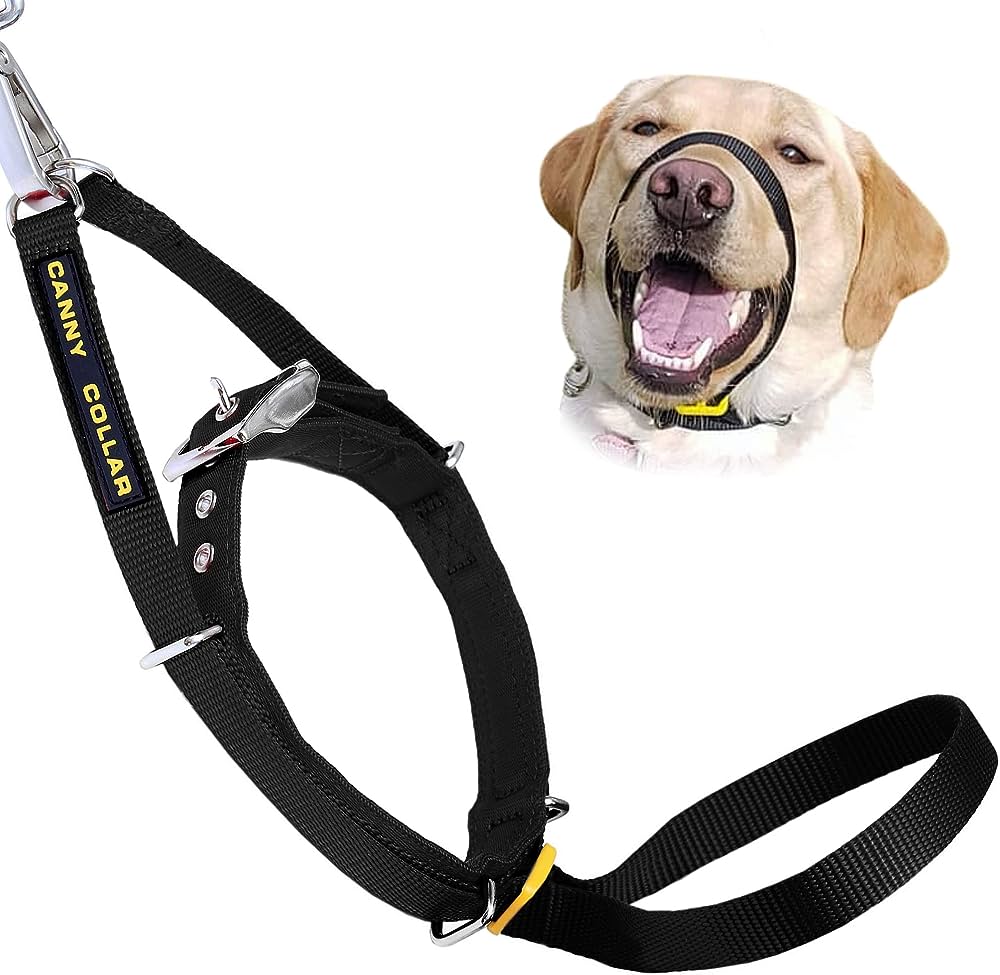
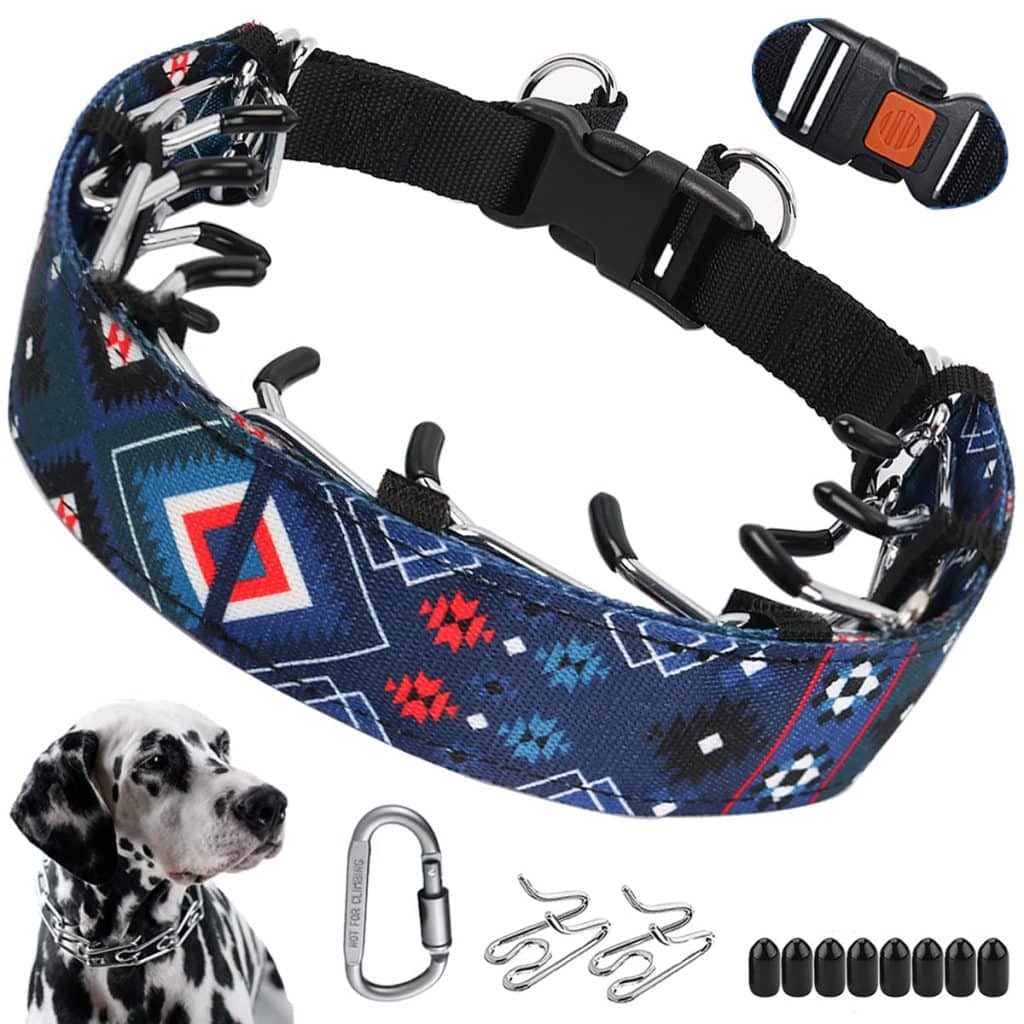
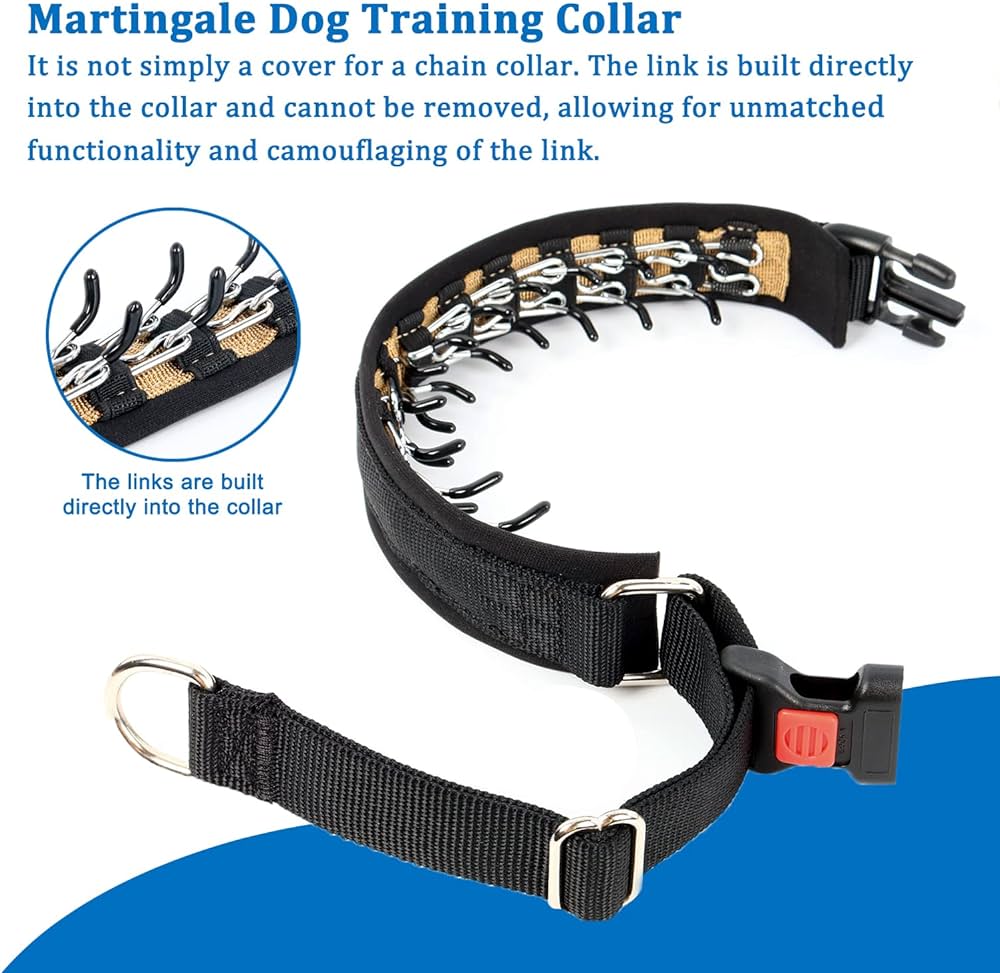
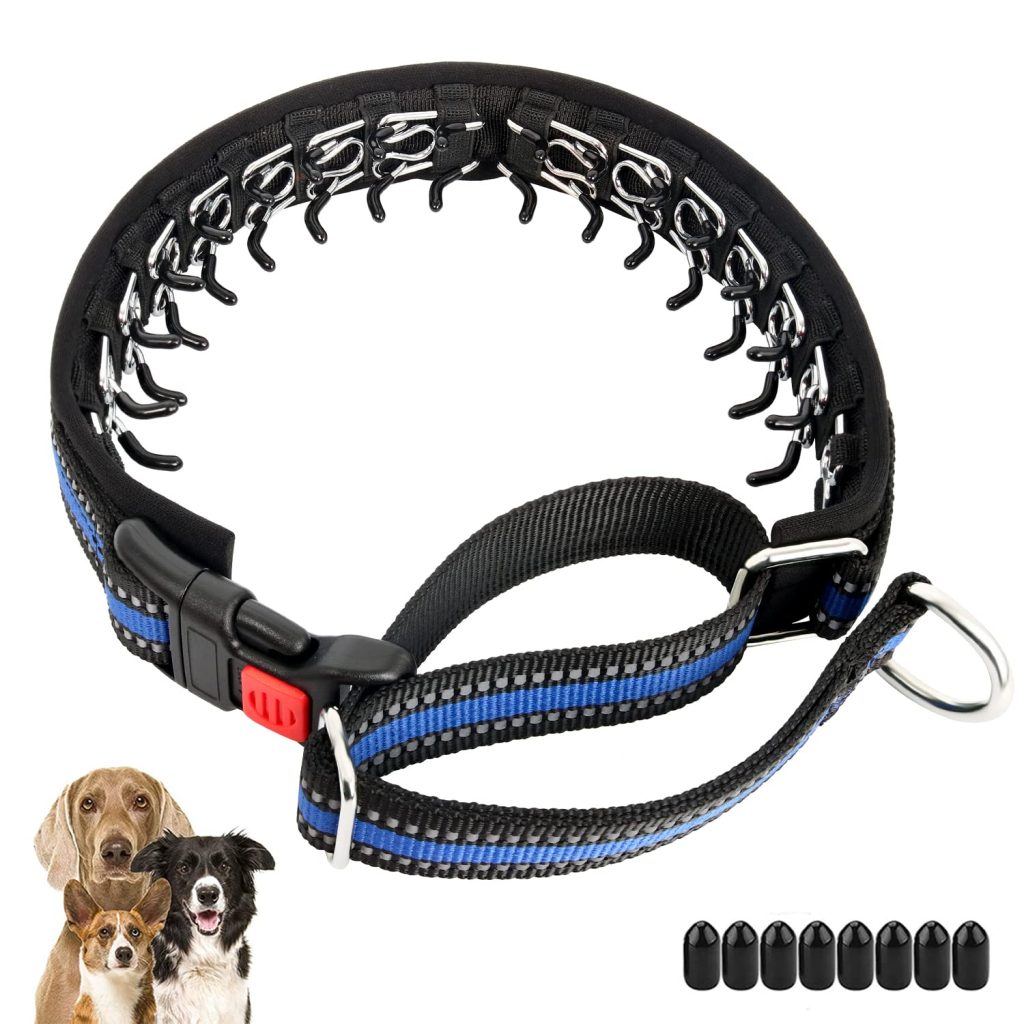
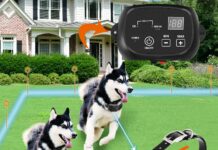
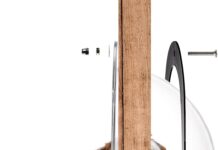
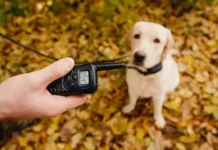
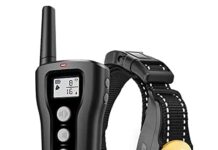
![Petrainer Dog Training Collar [100% Waterproof] Petrainer Dog Training Collar](https://mydogtrainingcollar.com/wp-content/uploads/2019/03/Petrainer-Dog-Training-Collar-218x150.jpg)

